Live Animal Export: Animal hospitals at sea
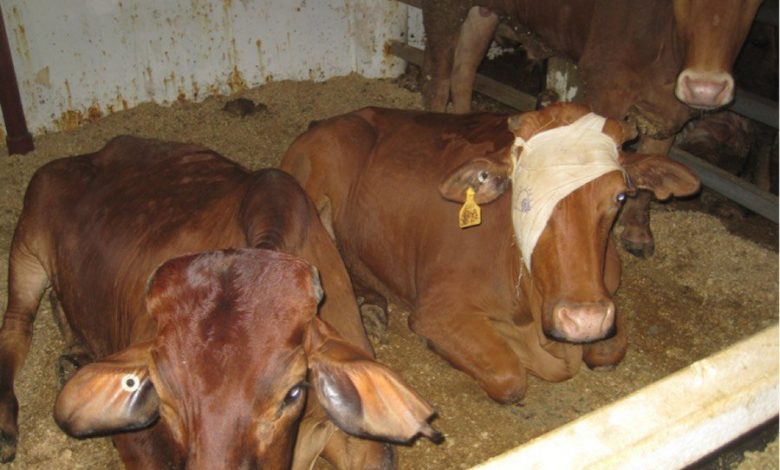
Dr Lynn Simpson, a leading Australian livestock expert, puts pen to paper once again, this time detailing what happens to ill animals on a voyage.
The average veterinarian on land works at or from an animal hospital or surgery. On a live export ship all we have are what are euphemistically called ‘hospital pens’. We use these areas to hold sick, weak or injured animals from ‘mainline’ crowded pens. This enables medical treatment and rest to be more easily achieved. A fridge and dedicated room, or box of medications is also provided, depending on the size of the ship.
Every live animal export ship leaving Australia must, by Australian law, carry a predetermined amount of medicines and veterinary equipment for animal health and welfare reasons. The exporters themselves usually exceed these provisions willingly. The legislative requirements are minimalist at best. The government’s emphasis appears to be; carrying a gun, a predetermined number of cartridges for that gun and knives for postmortem and carcass ‘chop-chop’/ disposal purposes. The ASEL (Australian Standards for the Export of Livestock) don’t appear to shine with confidence for zero mortality voyage outcomes.
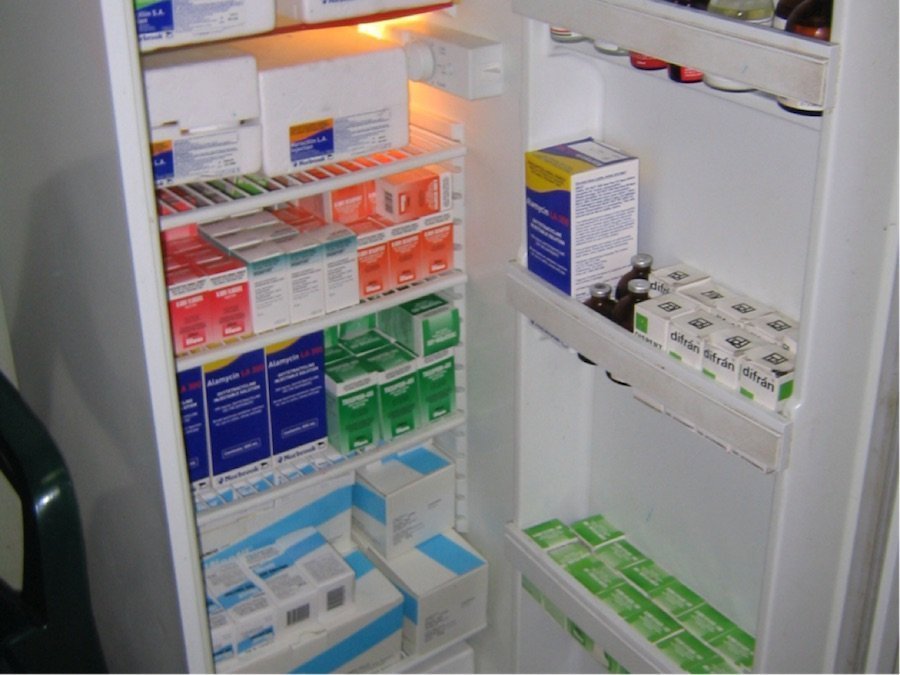
Hospital pens have the benefit of enabling crew to manage them to be cleaner by providing above average sawdust and space. Catering for different feed provisions such as chaff not pellets for those animals that do not adapt to the pelleted feed ration fed on ships is more easily achieved. Unfortunately we do not carry enough chaff (seen as a preferred feed option by most livestock) for all animals to have an abundant allowance for the voyage duration.
Relocation to a hospital pen can be dangerous for both the crew member/s and the animal. Being pummeled by a 500 kg bull can soon wreck your day. Unlike the following video, not all our cattle are placid. We can take great risk entering a full pen to segregate and remove the ill or injured animal for relocation. Simple barricades are usually set up throughout the deck first to help steer the animal to the hospital pen.
Hospital pens are where most surgeries are undertaken and where animals can be more readily given a prolonged or complicated medication regime. Non-emergency surgeries are usually scheduled for days when we wash decks, therefore we can lay the animal down on a more hygienic floor than is usually available.
However, the main benefit of the hospital pens is to provide enough space for weak animals to rest, feed without competition, without getting trampled and allows more personal, and often cleaner space for animals to thermo regulate.
The current legislative minimum space allowance for animals in mainline pens can in itself lead to weakness and subsequent illness. For example the current ASEL allows for a 500 kg or 1,100 pound bull to have just 1.79 Sq m of floor space in which to reside regardless of the voyage length provided it exceeds 10 days. If the voyage is under 10 days duration the allowance drops to 1.73 sq m. This is the minimum legal space allowance from Australia, and exporters can of course provide above this to the animals if they wish. This would have a greater animal health benefit, but presumably a lower profit margin. This should be a consideration when a ‘resource’ such as livestock is unknowingly entering a contract of exchanging its life for someone’s financial gain.
Hospital pens are often either not sufficient in space or not where we need them. Not all animals can be relocated on board due to their weight. Sheep are easily placed into makeshift ambulances of wheelbarrows, trolleys or simply carried. Cattle are too heavy. If they will not rise, the hospital pen must be made around them and other animals juggled. Some hospital pens are made from short, dead end passageways blocked with a wheelbarrow, rope or troughs. No space is wasted.
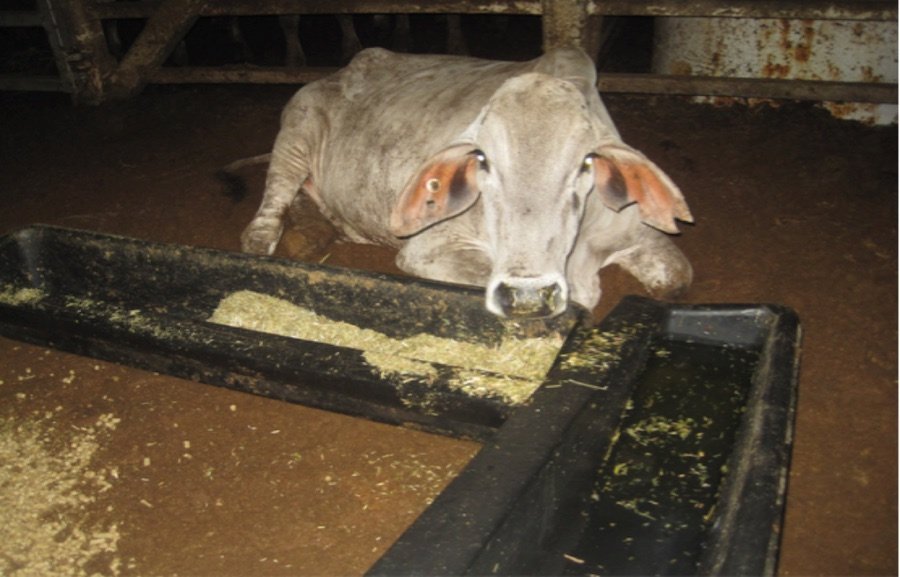
Animals that cannot rise must have palatable and clean feed and water provided within easy reach. Often their cause of illness is unknown and many recover with rest and food only. Therefore immediate euthanasia is not always the answer.
Common hospital pen procedures include eye removals, leg injury bandaging, abscess draining and lump/tumor removals under heavy sedation or light anesthesia.
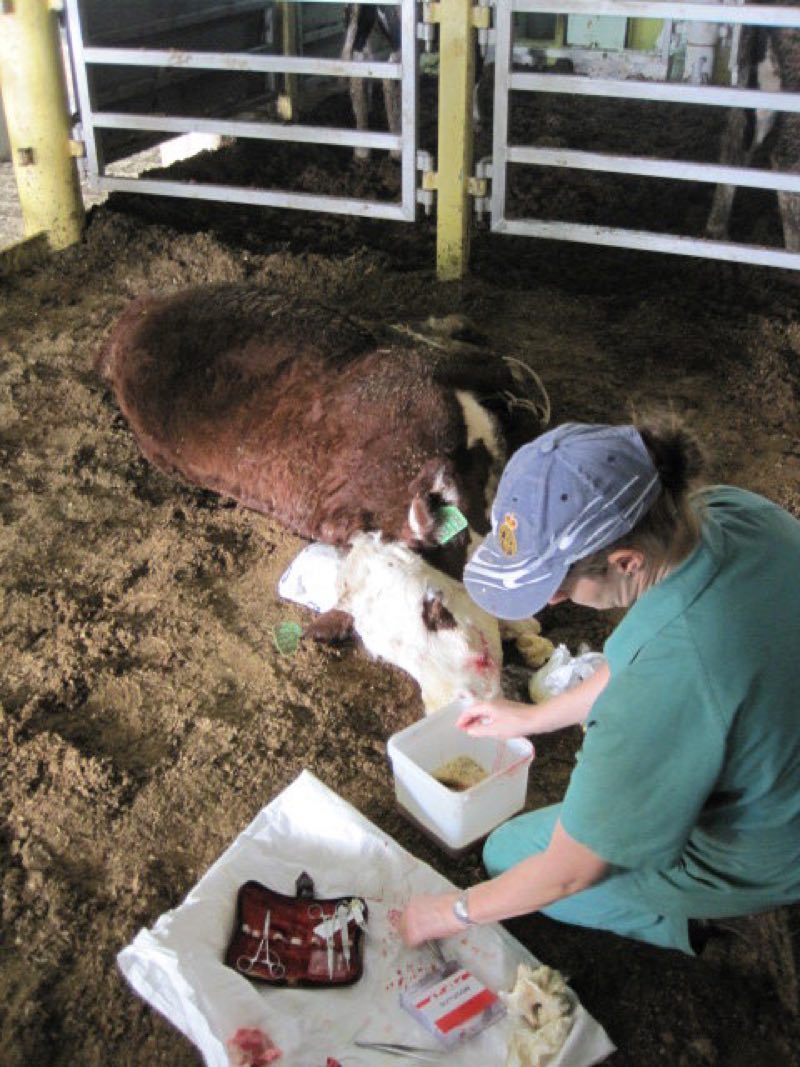
Once a hospital pen becomes too crowded any animal recovered must be returned to the mainline, crowded pens as the hospital pens become inefficient and lose their benefit.
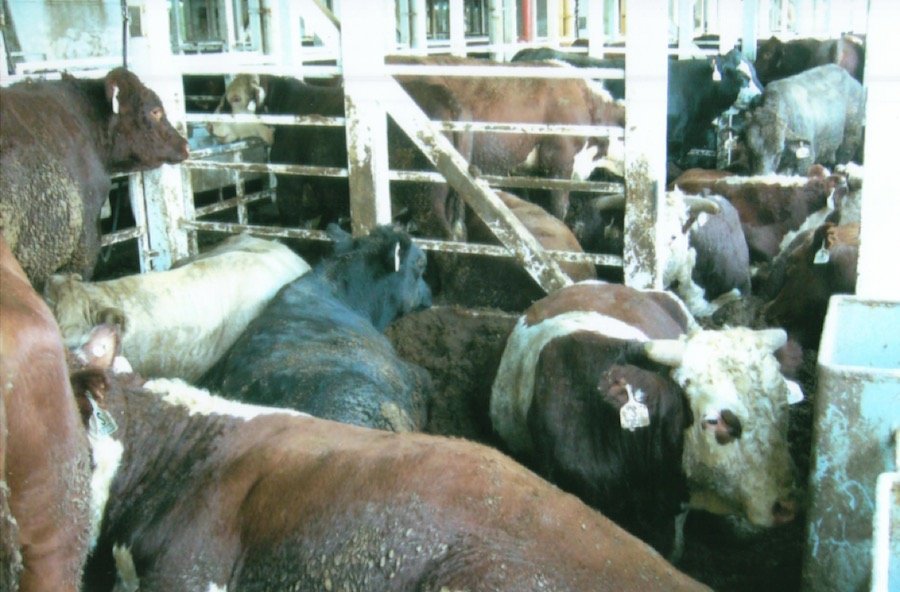
Monitoring of the livestock is critical to their management and health outcomes. Unfathomably, twice the number of sheep lives are considered expendable compared to cattle. 2% of sheep must die to equal 1% of cattle in a single voyage of undetermined length provided it exceeds 10 days. These percentages of deaths then trigger a mortality investigation by the Australian government. This disregard for species value is further reflected in the allocation of stockmen and vets on vessels. I’ve sailed on vessels carrying 120,000 sheep as the only veterinarian with one Australian accredited stockman, yet I’ve sailed with 20,000 cattle on another vessel as the only veterinarian with six or more Australian stockmen to help monitor and manage the cargo.
This makes less sense when the behaviour of these animals is understood. Sheep need closer scrutiny to detect illness as they are consummate actors and hide weakness/ illness well. Double-tiered sheep ships make rigorous monitoring nearly impossible. Cattle are generally more evident with their ailments.
As such the hospital pens on cattle ships are usually full by approach to the destination port, sheep hospital pens not so much.
Immediately prior to tying up in the destination port to unload, the animals in the hospital pens are usually medicated and blended into the mainline population. Many a ship I have sailed on will deny any onboard illness or treatments during some voyages. This behaviour is of course deceitful, yet increases the chance of the animals being unloaded as soon as possible, which is in their best interest. As veterinarians, stockmen and crew in general on these ships this places us in a tremendously invidious position.
Any animal that is not deemed fit to load onto a truck will be shot or have its throat slit. This usually occurs the day before arrival in port so as to enable disposal of the body and to remove any trace of illness.
If the shipping company has an open and trusting relationship with the importing country the hospital cases may be segregated and taken in a ‘hospital’ truck of lower loading density and extra care provided.
The hospital pens are usually repopulated with healthy animals and the history of their existence is no longer obvious to the untrained eye.
For Lynn’s full archive of shocking exposés into the livestock trades, click here.

As I have read through Dr Simpson’s very illuminative series of articles, which, to put it mildly, “flesh out” the regulations, I have asked myself, as many others have, why the trade in live animals for slaughter, as opposed to live animals for agriculture, such as in-calf cows and other breeding stock, is carried on at all?
Hi Andrew, Breeding animals including cows and heifers in calf are also exported from Australia. So is reproductive materials such as semen “straws”. There are a multitude of issues with the live export of breeder animals which I shall happily cover for you in a future article. Thanks for reading and asking for more information. Sincerely Dr Lynn Simpson